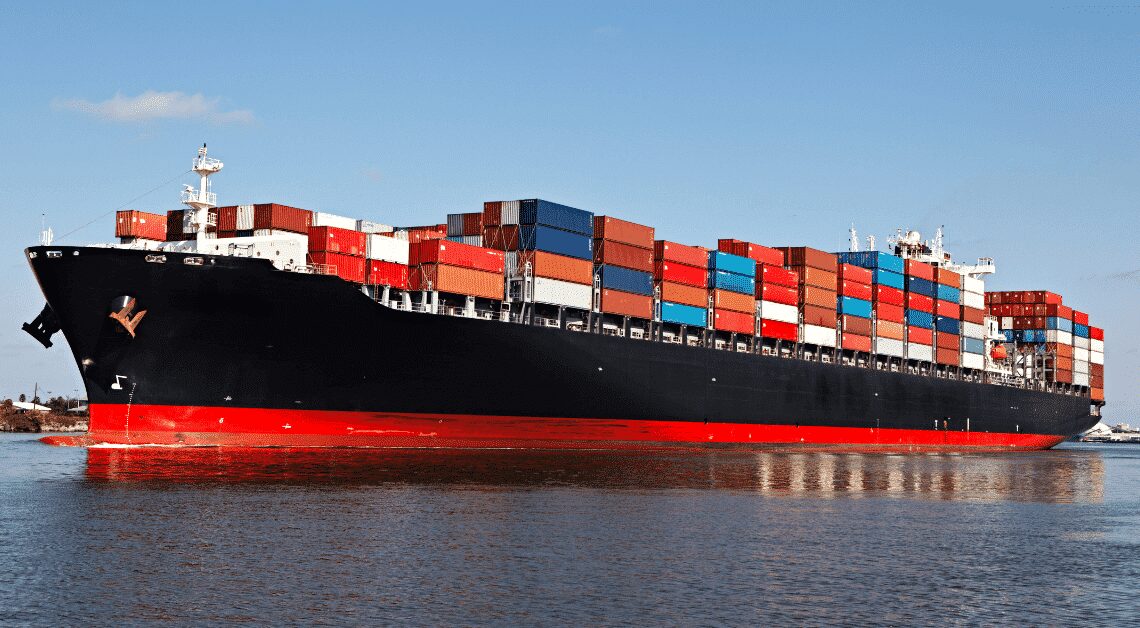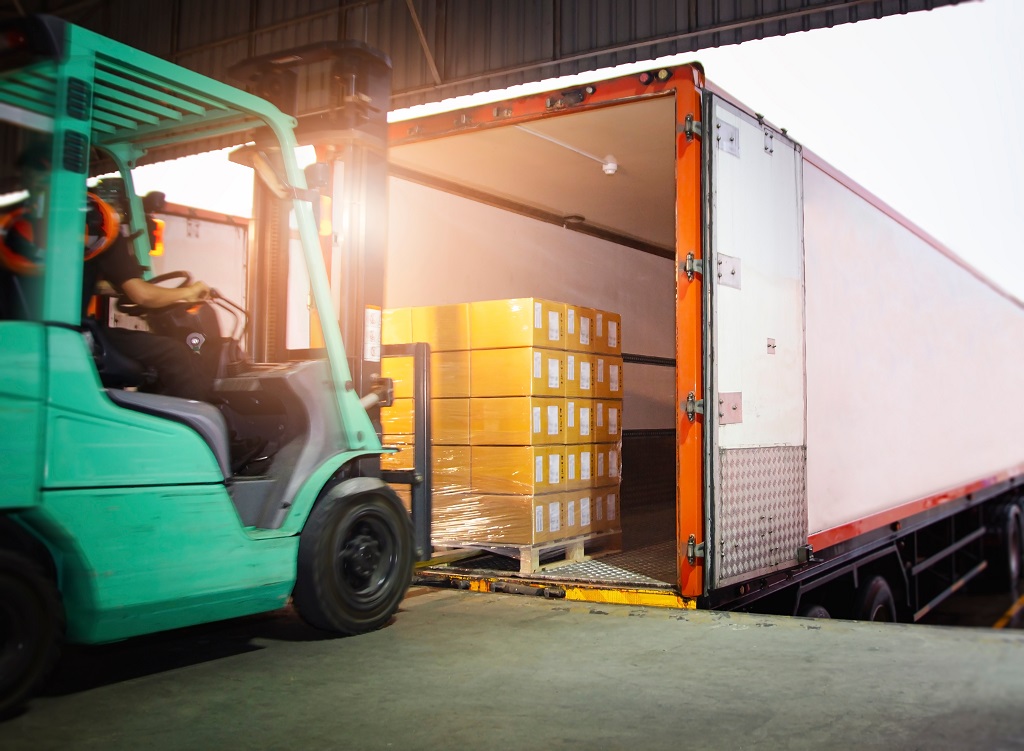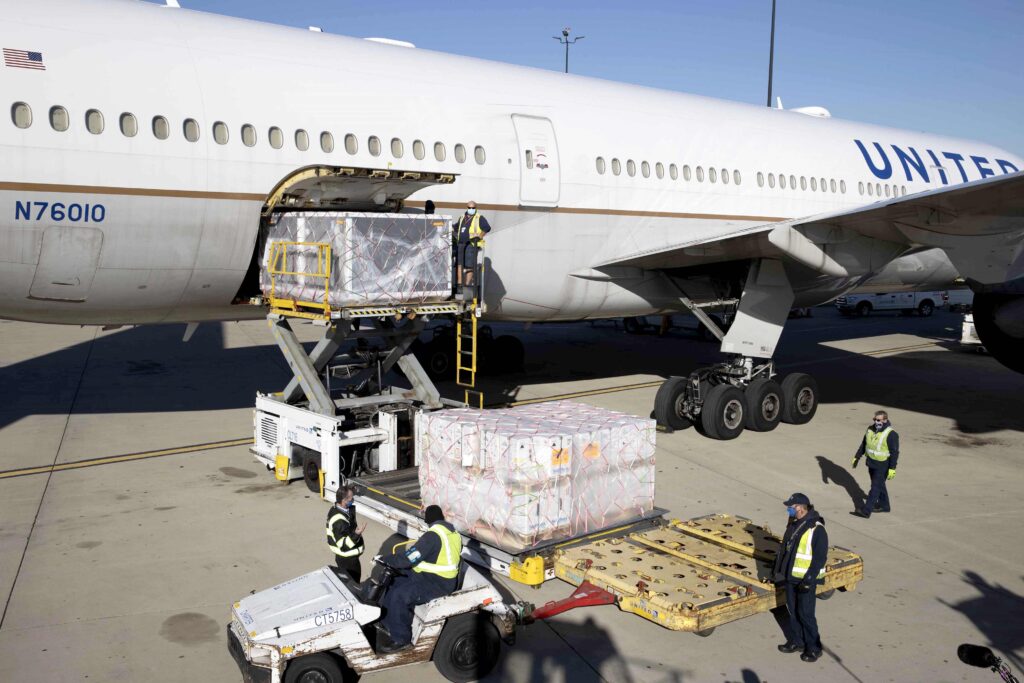
What Are the Types of Cargo?
March 10, 2023Almost anything can be shipped to any point on the planet. The crucial thing is how exactly it’s shipped. While some transportation means can transfer literally anything, some have certain restrictions. Some cargo carriers work only with certain types of cargo, while others can work with specific and heavy freight: https://globalinklogistics.com/services/heavy-lifts/.
When it comes to shipping, there are various types of cargo that can be transported via different modes of transportation. Each cargo type requires a specific loading method, and some require special handling due to their nature.
From regular goods to dangerous materials, this transportation plays a vital role in global trade. In this article, we will explore the different types of it, their shipping methods, loading methods, and specific requirements, such as dangerous goods regulations.
Understanding the various types of it and their requirements is crucial for businesses that rely on global transportation to move their products.
Classification by Shipping Method
There are four most common ways to transport anything and almost anywhere:
- by air;
- by sea;
- by road;
- by rail network.

Source: cowtownexpress.com
Each of these shipping methods has its own benefits and disadvantages ‒ some operate faster while having tight restrictions on cargo types, and some can take more time to transport something, but they can transport almost anything.
Classification by Download Method
To ship anything, especially of a big mass, you have to choose an appropriate loading method. These are the most common ones:
- Containers. In this case, various-sized shipping containers are used to store and carry the cargo. They might include items like toys, clothing, TVs, refrigerators, and more. These can be loaded from container doors.
- The next type of cargo is dry bulk, which usually carries homogeneous, sold in big numbers, and unpackaged masses. Sand, gravel, and other materials are a few examples that can be loaded up in dry bulk cargo.
- Bulk liquid transport. These are cargo that is either liquid gas or a free-flowing liquid, as the name suggests. They are transported in unique tanks that are attached to flexible line pipes.
- Break Bulk. This is frequently referred to as general cargo and it isn’t assembled in a container. Instead, each component is handled separately, and for shipping, they could be unpackaged or put in a crate.
- Roll-on, roll-off. Any cargo that must be rolled onto and off of the vessel falls under this category. These could be automobiles, buses, tractors, other vehicles, or specially-built machinery.

Source: unitedcargo.com
The download method classification applies hand-in-hand with certain cargo product types.
Regular and Specific Cargo Types
General cargo refers to products that can be transported without exceptional conditions like certain stable temperatures, moisture, or short time constraints. Grain, some building materials, textiles, and some appliances are good examples of regular cargo.
On the contrary, specific cargo requires special conditions in order to be shipped without damage. Frozen products, and time- and temperature-sensitive goods (vaccines or medication) fall under this category.
Cargo for Dangerous Goods
The term “dangerous goods” refers to substances, materials, and items that are deemed dangerous due to their flammability, corrosiveness, poisonousness, or other hazardous characteristics.
Due to the dangerous nature of these items, they must be managed with extreme caution. Any inaccuracy, mistake, or wrong paperwork might have serious repercussions and be fatal to human life while in storage or transportation.


